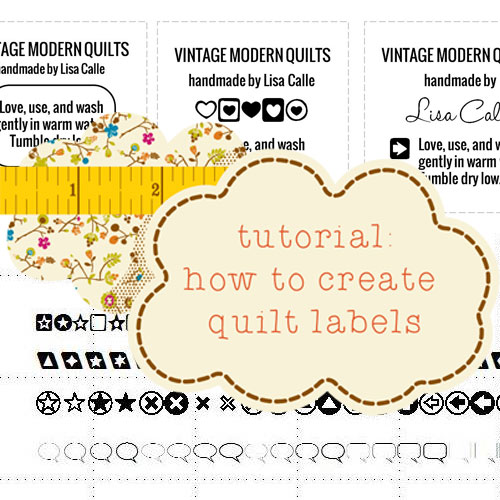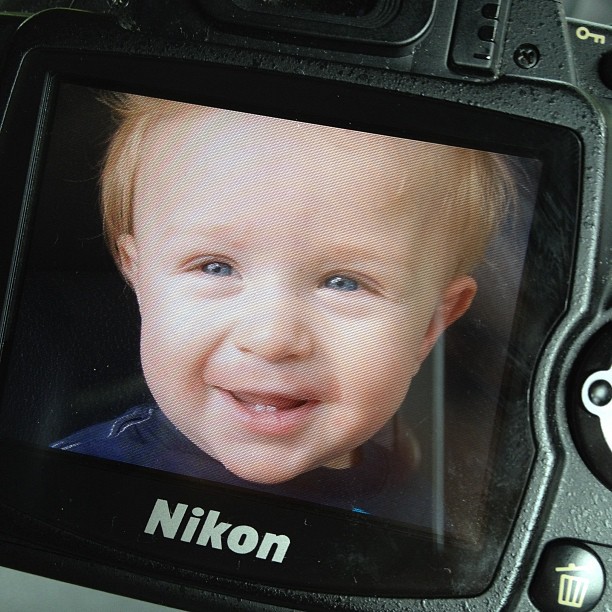Quilting Activism as a Powerful Medium for Social Change and Community Engagement
Engage in community discussion groups focused on stitching projects that highlight social issues. Consider creating pieces that tell powerful stories about marginalized communities, using vibrant colors and symbols to represent their experiences. Utilize accessible local resources, such as fabric donations and workshops, to galvanize participation.
Design collaborative events where participants can share their narratives while engaging in hands-on creativity. Host exhibitions that showcase the outcomes, inviting local media to amplify the message. This creates an opportunity to connect personal stories with broader societal movements, encouraging dialogue and awareness.
Encourage involvement from diverse demographics by offering classes that accommodate various skill levels. This inclusivity enriches projects, fostering a sense of ownership among participants. Additionally, consider partnering with local organizations to further extend the reach and impact of your initiatives, making the conversations more significant and far-reaching.
Identifying Social Issues Through Quilt Stories
Analyze narratives represented in quilts to reveal pressing community concerns. Each square and stitch can encapsulate a message or comment on various societal matters. Thorough examination of these textile stories can illuminate hidden challenges faced by different groups.
Key Steps to Uncover Narrative Themes
- Conduct interviews with creators to gather personal insights and intentions behind their designs.
- Study color choices and patterns, as these elements can reflect emotions and cultural backgrounds.
- Compare different pieces to identify recurring motifs that highlight collective issues.
Potential Issues Highlighted in Quilt Narratives
- Representation and Identity: Examine how cultural heritage influences design and storytelling.
- Human Rights: Look for pieces addressing social justice, equality, and historical struggles.
- Environmental Concerns: Identify works that reflect issues like climate change and sustainability.
This approach can lead to greater awareness and understanding of diverse perspectives within communities, fostering dialogue and promoting unity through creative expression.
Materials and Techniques for Meaningful Quilting
Select high-quality cotton as the primary material; it provides durability and ease of manipulation. Organic options are preferred for an eco-friendly approach, enhancing the message behind each piece.
Consider incorporating reclaimed textiles to emphasize sustainability and resourcefulness. Look for vintage sheets, clothing, or curtains; these can carry stories from the past, enriching the narrative.
Utilize various stitching methods such as hand quilting, which creates unique textures and deeper emotional connections. Machine quilting can expedite the process while allowing for intricate designs, especially useful in larger projects.
Experiment with different dyeing techniques, such as shibori or natural dyes, to create personalized color palettes. This not only adds uniqueness but also reflects the themes being conveyed.
Engage communities by organizing fabric drives or workshops, allowing participants to contribute and collaborate. This strengthens connections while expanding the pool of materials.
Add embellishments like embroidery, appliqué, or patches to convey specific messages. Each decorative element can be a statement in itself, drawing attention to critical issues.
Finally, document the creation process and the stories behind each piece. Share them through social media or exhibitions to inspire others and amplify the voices represented in the work.
Community Engagement: Organizing Quilting Circles for Activism
Establish organized gatherings focused on stitching as a means of expressing support for pressing issues. Choose specific themes that resonate with your community–such as environmental concerns, historical injustices, or local healthcare challenges. These themes will guide the creative expressions within the circle.
Setting Up the Circle
Select an accessible location, such as community centers or libraries, where individuals can come together comfortably. Promote the event through local bulletin boards, social media, and city web platforms to reach a wider audience. Ensure that materials like textiles, threads, and tools are provided–consider sourcing donations from craft stores or individuals.
Facilitating Discussions
Incorporate discussions on the chosen themes during the sessions. Encourage participants to share personal stories and perspectives that connect them to the topics at hand. This dialogue enriches the experience and deepens the emotional investment while participants create their pieces. Visual displays of the finished products can help showcase the collective message and allow for greater community interaction.
Showcasing Quilts as Powerful Tools in Advocacy Campaigns
Utilize the visual impact of textile works to convey urgent messages. Organize exhibitions where these pieces display narratives that highlight pressing issues, ensuring each quilt tells a story relevant to the cause. Collaborate with community members to craft quilts that reflect shared experiences and aspirations, making the works resonate on a personal level.
Engagement Strategies
Engage the public through hands-on workshops, allowing participants to contribute patches or segments, fostering a sense of ownership and connection. Implement social media campaigns to share the creative process and final pieces, encouraging wider discussions and community involvement. Partner with local organizations to present these fabric artworks as part of broader initiatives, enhancing visibility and impact.
Outreach and Fundraising
Host fundraising events centered around quilt displays, where attendees can purchase or bid on the pieces. Allocate proceeds to support specific initiatives, increasing the works’ purpose and interaction with the audience. Provide educational resources alongside the quilts, explaining their significance and the context behind the issues they represent, which can deepen understanding and inspire action.
Documenting Impact: Case Studies of Quilting for Change
Analyze the narrative of the “Community Voices Quilt” project in Philadelphia, which engaged diverse groups to express local issues through stitched art. Artists documented personal stories, resulting in a visual representation displayed publicly, sparking dialogue around urgent community concerns.
Impact on Mental Health Awareness
The “Mental Health Matters” initiative in San Francisco collected square panels from individuals affected by mental illness, sharing personal experiences. This collaborative piece exhibited at local events raised awareness and reduced stigma, attracting over 1,000 attendees and fostering supportive discussions.
Advocacy for Environmental Justice
A project in Seattle titled “Eco Patchwork” combined leftover materials with messages on climate change. By showcasing the quilt at environmental rallies, participants gathered support for local legislation. This creative advocacy led to a 15% increase in community engagement in sustainability practices.
Documenting these efforts reveals how patched creative works can mobilize communities, allowing personal narratives to contribute to broader movements. Aim for public exhibitions and partnerships with local organizations to enhance visibility and impact.
Participating in Quilting Events: Opportunities for Activism
Join local stitching circles in your community to engage with like-minded individuals. These gatherings often lead to the creation of projects that address pressing social issues.
Attend workshops offered by organizations focused on advocacy. These sessions typically include skill-building while integrating important themes around specific causes.
Volunteer at fabric drives. Many philanthropic groups organize events where individuals can donate materials for community projects, ensuring that everyone has access to resources needed for personal expression and message-sharing.
Organize or participate in exhibitions showcasing stitched art that speaks to societal concerns. This allows for a vibrant display of collective creativity while sparking conversations among attendees.
| Event Type | Description | Impact Area |
|---|---|---|
| Community Gatherings | Meetings for individuals to create together. | Local issues |
| Workshops | Skill-building sessions focused on thematic projects. | Advocacy education |
| Fabric Drives | Collection events for supplying materials. | Resource accessibility |
| Exhibitions | Showcases of stitched art addressing societal themes. | Awareness raising |
Connect with local non-profits to align your stitching activities with their ongoing campaigns. This can amplify the reach and effectiveness of your efforts.
Consider hosting discussions post-event to reflect on the work created and its broader implications. This helps cultivate a deeper understanding of the interconnectedness of artistic expression and community issues.
Use social media platforms to share your projects and engage a wider audience. Documenting your experiences can inspire others to participate and raise awareness about important topics.
Q&A: Quilting activism
How did the Freedom Quilting Bee contribute to political activism and the art of quilting in Alabama?
The Freedom Quilting Bee, founded in Alabama, played a major role in linking the art of quilting with political activism, providing income for African American quiltmakers during the civil rights movement. Through making quilts, these black women expressed cultural identity and resistance, helping to make a difference in their communities.
In what way did Faith Ringgold use quilting to address social justice issues in contemporary art?
Faith Ringgold combined contemporary art with storytelling in her quilt works, using her sewing skills to address social justice issues like racism, feminism, and inequality. As an activist and quilter, she challenged the traditional gallery system by introducing American quilts as powerful narratives in mainstream art spaces.
How did quilting bees historically serve both quilters and the women’s political and social movements?
A quilting bee provided a space where quilters, particularly women’s groups, could sew together, exchange quilt patterns, and engage in conversations around feminism, abolition, and American history. These gatherings allowed women to organize, support each other, and embed hidden messages in many quilts, such as those linked to the Underground Railroad.
Why are African American quilts, such as those from Gee’s Bend, significant to museums and American history?
Quilts from Gee’s Bend, made by African American women in a remote Alabama community, are celebrated in museum collections and gallery exhibitions for their bold designs and historical depth. These American quilts reflect themes of survival, creativity, and identity, connecting the quilt movement to broader stories in American history and the ongoing struggle for equality.
How did African Americans use the sewing machine to make a quilt during and after the era of enslavement?
African Americans used the sewing machine, when it became accessible after emancipation, to make a quilt more efficiently and with greater precision. While during the time of being enslaved, quilts were often sewn entirely by hand from scraps, the later use of machines empowered communities to preserve tradition, express creativity, and support family and social networks.
In what ways did making quilts serve as a form of resistance for enslaved African Americans?
For enslaved African Americans, to make a quilt was more than practical—it became a silent act of cultural preservation and resistance. Using limited resources, they stitched coded symbols, heritage motifs, and survival strategies into quilts, often without access to a sewing machine, embedding identity and resilience into each piece.


